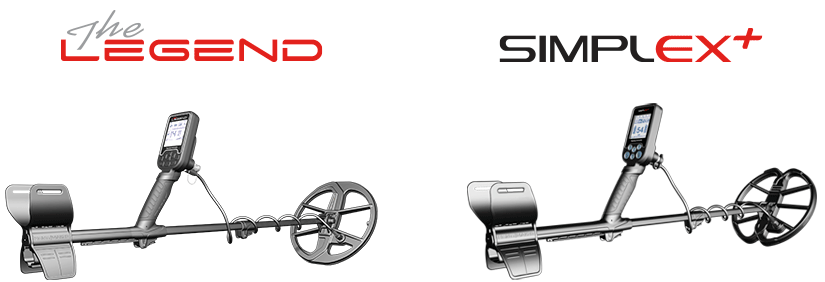Good Jewelry: My definition is any jewelry item, from a small ear ring or thin ankle or bracelet chain, to a child's size up to a larger adult-size ring, decorative pendants, and all manner of jewelry which is made of sterling silver or gold with or with-out gem stones.
elvis earnhardt said:
I love my CoRe and have dug some deep items in areas that I previously searched with other machines.
My FORS CoRe has been providing me with very good depth-of-detection for 2½ years, and in places with sparse targets where depth is achievable I often work it with the standard 7X11 DD coil. This year I have used my Impact to complement that performance and maybe edge it out in some locations, but my CoRe w/7X11 is a serious performing detector.

elvis earnhardt said:
I however haven't dug a ring yet. I love digging rings and have done quit well digging them.
I'm curious what detector makes/models you have had some of the better success using for finding gold & silver jewelry? I'm in my 53rd year of detecting, but the bulk of my better jewelry finds since July of '83 have come my way when using a Tesoro model. Part of the reason for success over other detector I had in the past was the quick-response and fast-recovery in trashier sites combined with the operating frequencies they operated at. But the biggest reason is that they were/are non-display detectors and with the Discrimination at or near the minimum setting, I just employ the
Beep-DIG! method of search for best success.
Using ANY detector model with a visual display and then relying on it to help isolate potential gold or silver jewelry items is almost a waste of time. Why would I say that? Because of the simple fact that non-ferrous junk coms in a wide range of sizes and shapes, and varying amounts of different metal alloys which result in them spanning a range of conductivities from just barely above a ferrous/iron target ID range, such as very thin, fine Foil to higher conductivity levels that might be similar to a modern US Zinc Cent, which is close to the older Indian Head Cent, or even higher than that to about duplicate the numeric TID response from a better-conductive Copper Cent or Clad or Silver Dime.
Along that full-range spectrum of numeric TID's that could be various sizes and shapes of Foil are the complete or bent or broken and separated parts of older Ring-Pull Tabs, many different rectangular Pry-Tabs, broken/mower-cut pieces of "Can Slaw", and various sizes, shapes and metal types of common objects such as metal Buttons, metal Keys, all sorts of pocket-carry objects and we certainly can't forget a vast array of Costume Jewelry, too.
Desirable Silver and Gold Jewelry, unfortunately, also falls into all of this same broad-range of conductivities based upon the jewelry item's size, shape, and metal alloy content. In other words, similar viasual TID numeric responses might come from a decent jewelry item or an undesired non-ferrous object or piece of an object.
elvis earnhardt said:
What Numbers do gold ring show up for y'all. I assume a silver ring would be around 90. Any help would be appreciated.
Mike
I never try to associate a numeric response to try and categorize silver and gold jewelry because it spans a very broad range and comingles with the TID read-ours of various US coins, foreign coins, other desirable keepers as well as an annoying amount of non-ferrous trash that has been lost or discarded.
There is only one way to verify whether a located targets in good or bad, of a quality metal or not, and that is to follow the quote I have immediately below in my Signature.
Best of success,
Monte




